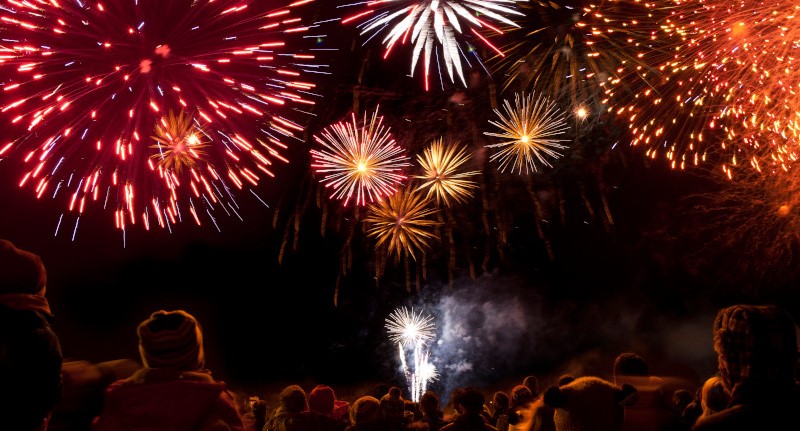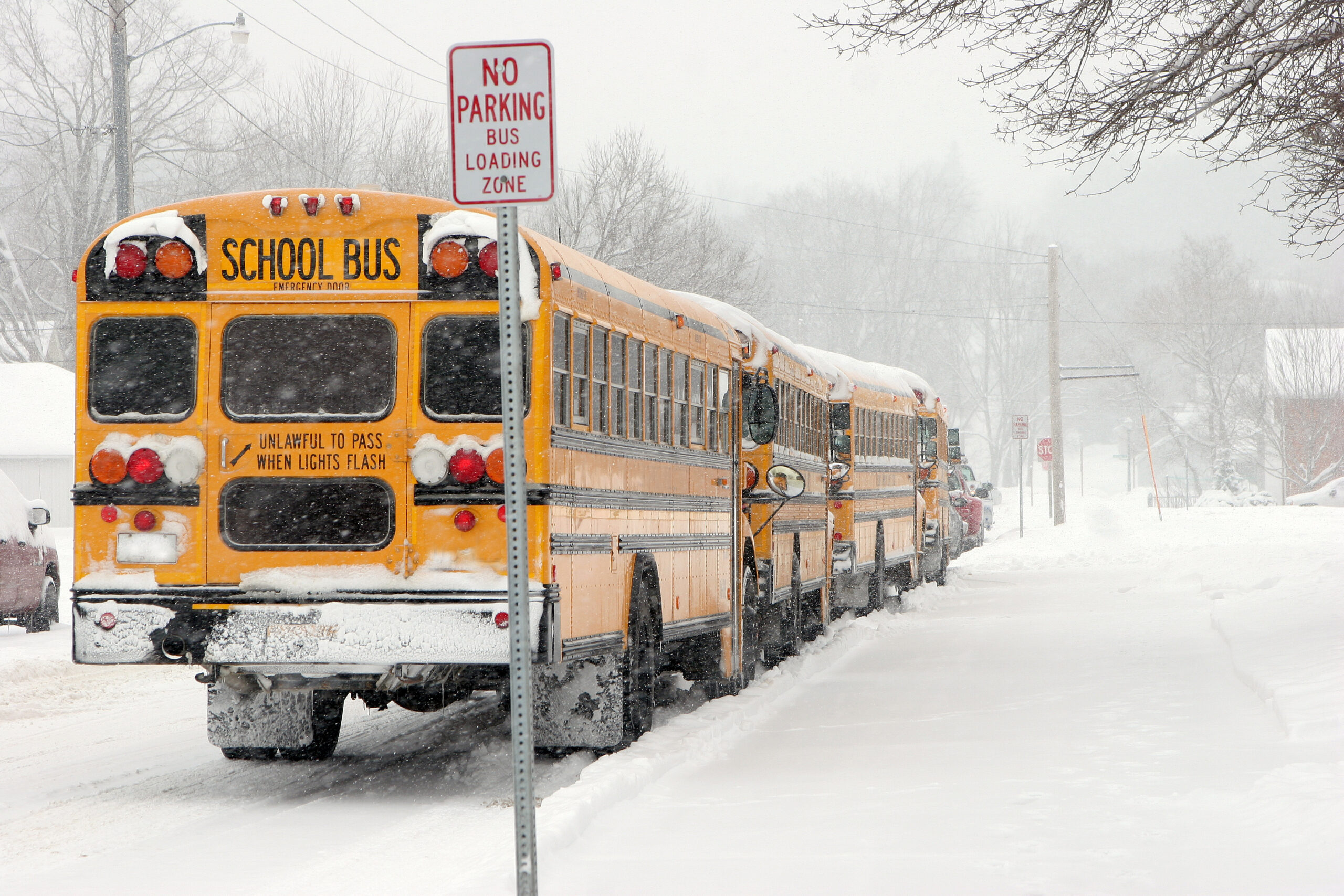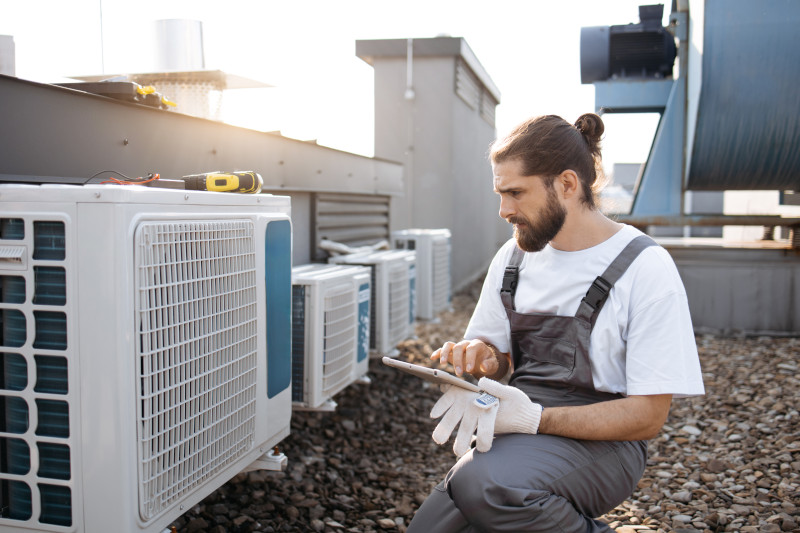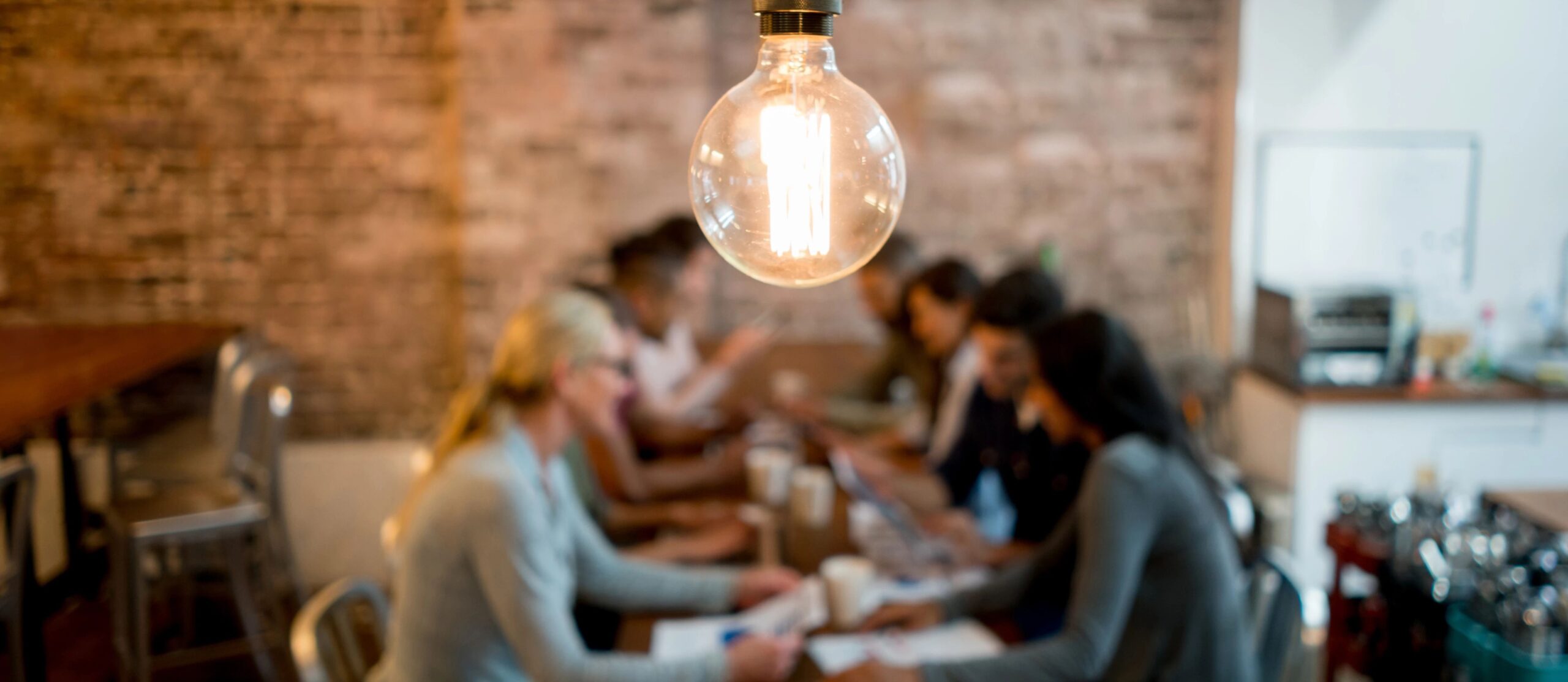Special event best practices for schools

Planning a special event? Do a quick internet search for party checklists and up pops comprehensive checklists to ensure you don’t forget the ice, snacks or decorations. But, trying to determine if you have all your boxes checked for a special event at your school requires a whole other set of documents, to include best practices, to make sure your event is safe and fun for all.
Safety best practices for some of the special events common to schools are as follows:
- Bonfires
- Fire department present to light, stand-by and extinguish.
- Have safety/security present to maintain appropriate distancing of crowd from bonfire.
- Fireworks
- Fire department present.
- Monitor roof surface(s) and verify extinguishment.
- Maintain minimum distance from building.
- Alcohol Prevention/Simulated Impairment Activities (drunk goggles)
- Don’t allow wearing while riding scooters/running around obstacle course.
- Prohibit participants from standing or moving while wearing.
- Complete coordination activities from a sedentary position.
- Carnivals/fairs/bounce houses/petting zoos
- Ensure vendors have Certificates of Insurance (COI) on file.
- Require waivers for the participants.
- Work with your solicitor to develop hold-harmless language in favor of your school entity.
- Car Smash
- Use steel hammer/device that won’t “bounce” from the metal (a wood bat or club can bounce back and strike the person).
- One hammer at the scene (multiple hammers creates the risk of an unsupervised student hurting someone or something).
- Strike Zone vs. Spectator Zone – to avoid person swinging the hammer striking a spectator, no blindfolding (piñata effect).
- Battery removed; fuel tank removed.
- Climbing wall
- Under supervision of experienced staff member.
- Fall-arrest devices must be used and be size appropriate.
- Verify participant has no phobias.
- Inspect for secure “rocks” and supports.
- Car Shows
- Registration form signed by participant including liability release.
- Staff present to direct vehicle and pedestrian traffic.
- High Impact Activities (i.e., sumo wrestling, inflatable bounce ball, roller blade/skating, staff vs. students)
- Prohibit staff from participating in high impact extracurricular activities (i.e., running, jumping, quick changes in movement) while in the course/scope of their employment.
- To foster comradery between staff and students, low-impact activities (i.e., free-throw shooting competition, corn hole) should be considered as alternatives to reduce the risk of injury.
- Team Building Activities (i.e., axe throwing, challenge courses, trust activities, amusement parks)
- Minimize exposure by selecting team building activities that pose less risk of injury to participants.
- Avoid activities that involve elevated heights, potential for anxiety/panic attacks, falls or exposure to sharp instruments.
General best practices for any event with public attendance:
- For any event with public attendance/parking, have staff ready to direct parking and pedestrians.
- Require high visibility clothing for staff during events.
- Assure safe pedestrian/foot traffic flow (designated walkways/paths would be necessary for any event with larger crowds).
- For very large gatherings, security and/or local police involvement should be in place or contracted out.
- For any activities, regardless of whether outside or inside your buildings, pre-event inspections/walkthroughs should be conducted to assure everything is safe and in proper working condition (equipment, sidewalks/parking lots, checking grassy areas for protruding objects or holes, etc.).
Scheduling special events at your school can provide a fun and safe activity with less risk if best practices are followed. This article only highlights a few of the higher risk activities and is not all inclusive. Always obtain COIs from vendors and, in conjunction with your school district solicitor, develop hold-harmless waivers with language in favor of the school entity. Lastly, check with your insurance carrier for any special activity exclusions.




